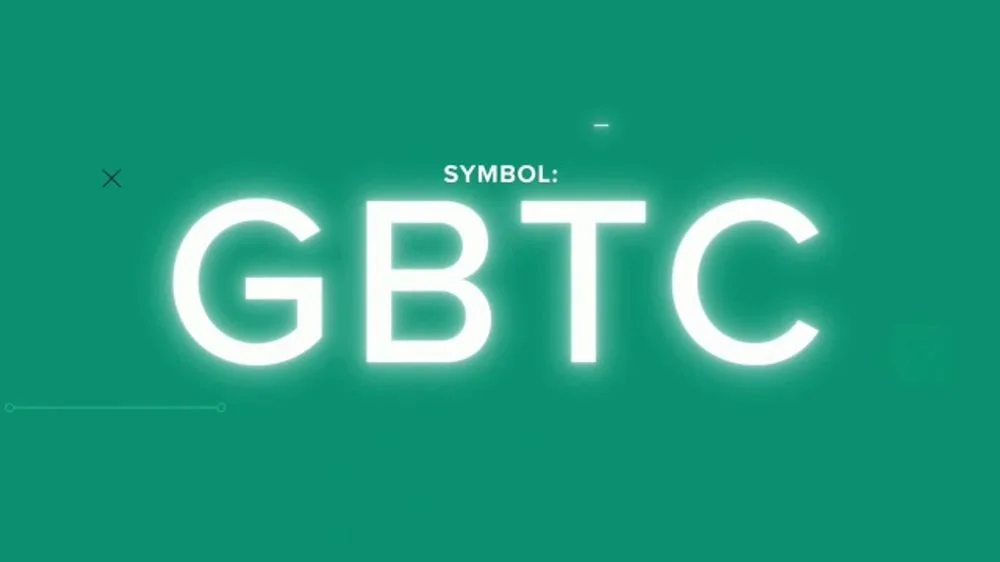Grayscale Bitcoin Trust (GBTC), the largest bitcoin investment vehicle in the world, saw its share prices soar by 17% after a favorable court ruling against the U.S. Securities and Exchange Commission (SEC) over its bid to convert to a spot bitcoin ETF.

This is the latest development in the long-awaited quest for a bitcoin ETF in the U.S. market.
Currently, there are no spot bitcoin ETFs approved by the SEC in the U.S., although several applications are pending review.
The SEC has only approved bitcoin ETFs that track bitcoin futures contracts, which are derivatives that trade on regulated exchanges like the Chicago Mercantile Exchange (CME).
These futures-based bitcoin ETFs have higher fees and lower liquidity than spot bitcoin ETFs and may not reflect the true price of bitcoin.
How Did Grayscale Win Against the SEC?
Grayscale Bitcoin Trust is currently operating as a closed-end fund, which means that it issues a fixed number of shares that trade on the secondary market.
This structure makes it prone to large deviations from its net asset value (NAV), which is the value of the underlying bitcoin holdings per share.
As of August 29, GBTC was trading at an 18% discount to its NAV, meaning that investors were paying less than the actual value of the bitcoin in the fund.
Grayscale has been seeking to convert its GBTC product to a spot bitcoin ETF since 2016 but has faced repeated rejections from the SEC.
However, on August 29, the U.S. Court of Appeals for the District of Columbia Circuit handed Grayscale a win over the SEC, ruling that the regulator had acted arbitrarily and capriciously in denying its application.
According to the court, the SEC had no valid reason to treat futures-based and spot-based bitcoin products differently, as they were similar in nature.
The court ordered the SEC to apply the same standards to both types of products.
Moreover, the court pointed out that the SEC had ignored Grayscale’s claims that a spot bitcoin ETF would be more advantageous and less risky for investors than a futures-based one.
The court sent the case back to the SEC for further review, allowing Grayscale to continue its quest for a spot bitcoin ETF conversion.
The court’s decision also sets a precedent for other spot bitcoin ETF applicants, who may use it as leverage against the SEC.
What Does This Mean for GBTC and Bitcoin?
The news of Grayscale’s court victory boosted GBTC’s share prices by 17%, reaching $20.56 on August 29. This was the highest level since July 2021, when GBTC traded at $21.64.
The rally also narrowed GBTC’s discount to NAV, which had reached as high as 50% in December 2020.
The increased demand for GBTC also reflected positively on bitcoin’s price, which rose by over 5% on August 29, reaching $27,450.
Bitcoin has been recovering from a slump in July when it dipped below $20,000 amid regulatory crackdowns and environmental concerns.
Many analysts and investors are optimistic that Grayscale’s court win will pave the way for a spot bitcoin ETF approval in the U.S., which could bring more institutional and retail money into the cryptocurrency space.
According to Bloomberg Intelligence, a spot bitcoin ETF could attract as much as $50 billion in assets in its first year.
However, some experts caution that Grayscale’s victory does not guarantee a spot bitcoin ETF approval and that the SEC may still impose additional requirements or delays on Grayscale and other applicants.
Bespoke Investment Group warned that “a single day’s movement doesn’t establish a trend” and that investors should be prepared for more volatility and uncertainty in the crypto market.
